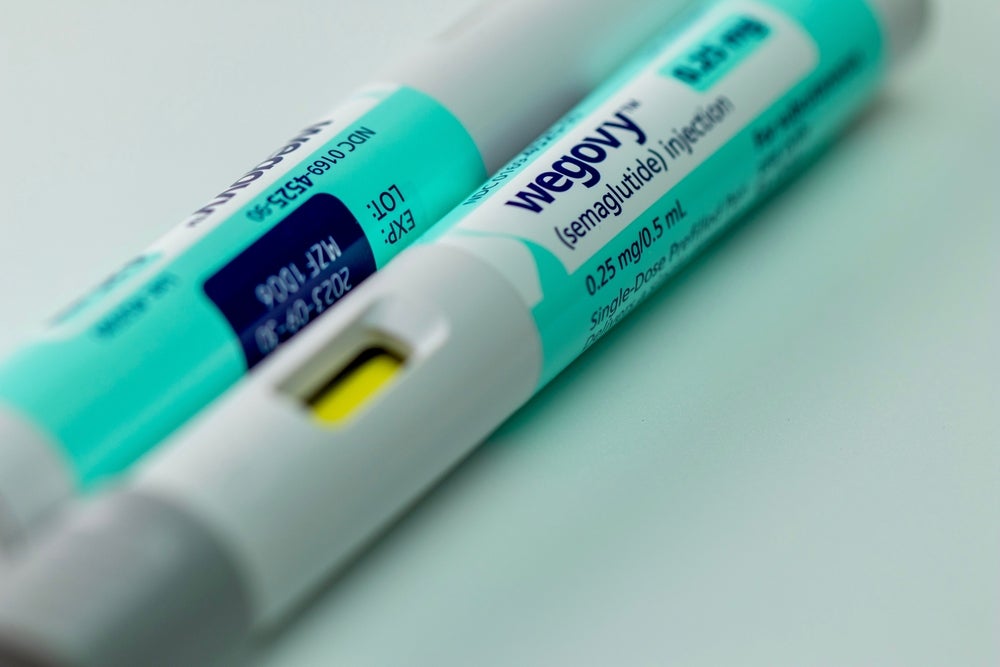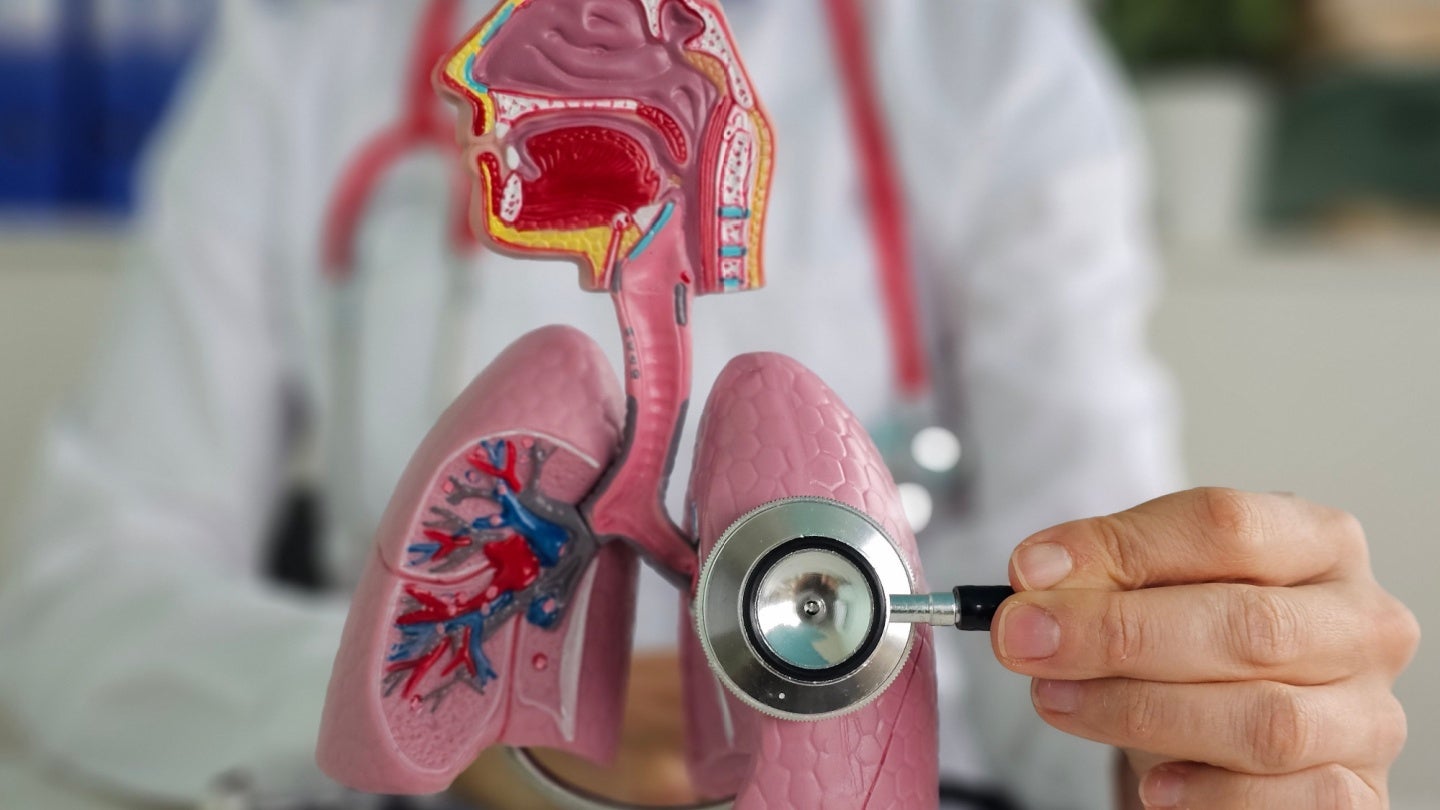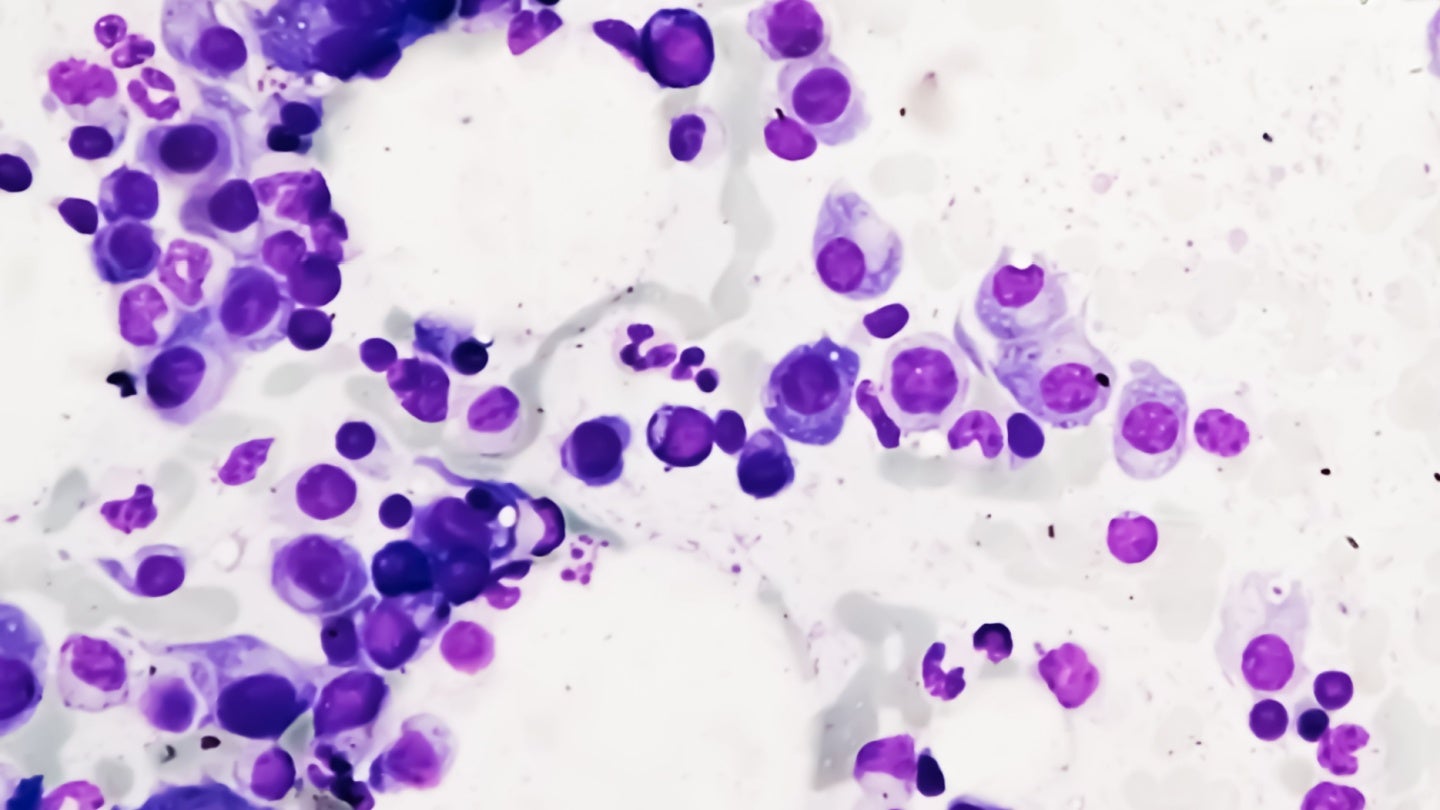Nature inspires a breakthrough: scientists develop revolutionary egg white-based bioink for advanced tissue engineering
Los Angeles, California – July 29, 2024 – Terasaki Institute scientists have created a cutting-edge technology inspired by nature by developing a novel bioink derived from egg whites or Egg White methacryloyl (EWMA). Bioinks are mainly used in 3D bioprinting to create artificial tissues. These natural or synthetic materials support living cells, aiding their adhesion, […]

Los Angeles, California – July 29, 2024 – Terasaki Institute scientists have created a cutting-edge technology inspired by nature by developing a novel bioink derived from egg whites or Egg White methacryloyl (EWMA). Bioinks are mainly used in 3D bioprinting to create artificial tissues. These natural or synthetic materials support living cells, aiding their adhesion, growth, and differentiation. They are essential for developing complex tissue structures for medical research, drug testing, and organ transplantation. This novel EWMA bioink represents a promising addition to this field, offering a unique combination of properties that address many challenges faced in tissue engineering.

Credit: Terasaki Institute
Los Angeles, California – July 29, 2024 – Terasaki Institute scientists have created a cutting-edge technology inspired by nature by developing a novel bioink derived from egg whites or Egg White methacryloyl (EWMA). Bioinks are mainly used in 3D bioprinting to create artificial tissues. These natural or synthetic materials support living cells, aiding their adhesion, growth, and differentiation. They are essential for developing complex tissue structures for medical research, drug testing, and organ transplantation. This novel EWMA bioink represents a promising addition to this field, offering a unique combination of properties that address many challenges faced in tissue engineering.
The team created a photocrosslinkable bioink from egg whites through methacryloyl modification. This EWMA bioink offers several advantages that make it suitable for bioprinting applications. They provide abundant proteins, ensuring a nutrient-rich environment for cell growth. These bioinks exhibit excellent biocompatibility and bioactivity, crucial for successful tissue engineering.
The EWMA bioink exhibits properties such as flexibility that allow researchers to fine-tune the material’s characteristics to match the specific requirements of multi-tissue structures that closely mimic natural biological systems. EWMA bioinks possess intrinsic antiviral and antibacterial properties. These inherent features provide an added layer of protection against potential infections, which is particularly valuable in medical applications.
The implications of this study extend far beyond the laboratory. EWMA bioinks could potentially be used to create more accurate tissue models for drug testing, reducing the need for animal trials. In the long term, this technology can contribute toward developing functional tissue replacements for regenerative medicine applications. In the words of Dr. Ali Khademhosseini, CEO at TIBI and a renowned expert in bioengineering: “This innovative approach to creating bioinks from egg whites demonstrates the immense potential of bio-inspired materials in tissue engineering. By harnessing readily available natural resources and enhancing them through clever chemical modifications, we’re opening new avenues for personalized regenerative medicine. Such breakthroughs are crucial in our quest to develop more effective and accessible solutions for organ failure, cardiovascular disease, and cancer treatments.”
As research advances, we anticipate further improvements and uses for EWMA bioink. This breakthrough showcases the innovative drive in tissue engineering and the potential of bio-inspired materials to tackle complex medical issues. The development of EWMA bioink marks a significant step towards more effective and versatile bioprinting techniques. As scientists continue exploring and expanding this technology, we may enter a new era in tissue engineering and regenerative medicine.
Authors: Mahboobeh Mahmoodi, Mohammad Ali Darabi, Neda Mohaghegh, Ahmet Erdem, Amir Ahari, Reza Abbasgholizadeh, Maryam Tavafoghi, Vahid Hosseini, Javed Iqbal, Reihaneh Haghniaz, Hossein Montazerian, Jamileh Jahangiry, Fatemeh Nasrolahi, Arshia Mirjafari, Erik Pagan, Mohsen Akbari, Hojae Bae, Johnson V. John, Hossein Heidari, Ali Khademhosseini, Alireza Hassani Najafabadi
Grant Information: MT would like to acknowledge financial support from Fonds de recherche du Québec- santé (FRQS).
For more information, please contact:
Stewart Han
Email: shan@terasaki.org
Alireza Hassani, Ph.D.
Email: hassania@terasaki.org
### END ###
About Terasaki Institute for Biomedical Innovation (TIBI):
The Terasaki Institute for Biomedical Innovation is a non-profit research organization dedicated to leveraging cutting-edge technology to address global health challenges. By fostering interdisciplinary collaborations and pushing the boundaries of innovation, TIBI aims to transform healthcare and improve lives worldwide.
Journal
Advanced Functional Materials
DOI
10.1002/adfm.202315040
Method of Research
Experimental study
Subject of Research
Not applicable
Article Title
Egg White Photocrosslinkable Hydrogels as Versatile Bioinks for Advanced Tissue Engineering Applications
Article Publication Date
13-May-2024
What's Your Reaction?

































